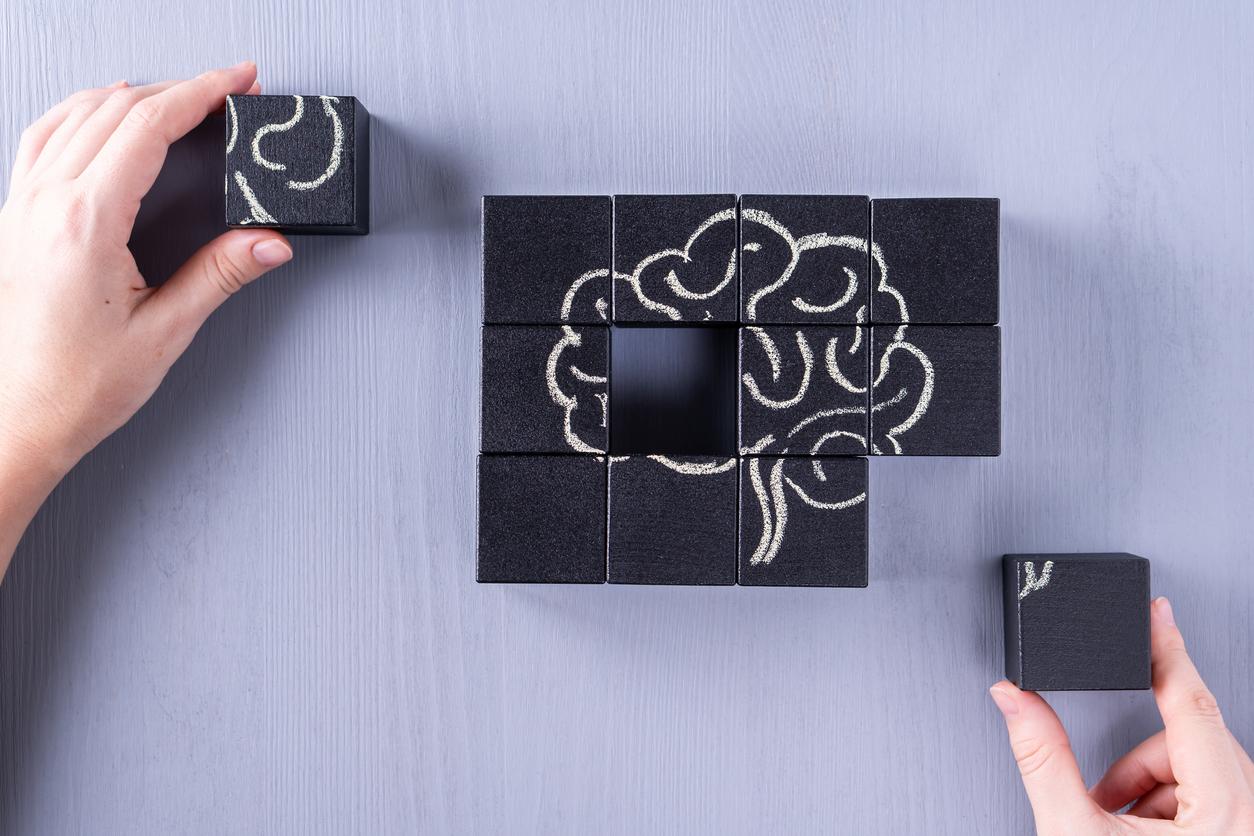Sciatica is a pain experienced as a trauma for most patients. But what is it due to? How to prevent it? We take stock.

- 4 out of 5 people will suffer from low back pain in their lifetime.
- More than half of French people have suffered from back pain in the last twelve months.
Let’s get this straight: sciatica is a symptom. While patients tend to view this clinical sign as a condition, this pain signals that there is irritation in the lower back.
The origins of this pain
If sciatica occurs after the nerve is compressed or pinched, it is due to a bony growth, a narrowing of the spinal canal or a bone spur. In the most complex cases, it is a spinal tumor that can lead to pain in the area.
For the majority of people, pain in the leg area automatically means sciatica. But this discomfort can also be caused by another irritated nerve, the femoral nerve for example, which causes pain in the front of the leg. The causes can also be vascular problems, cellulitis or muscle breakdown.
How to treat sciatica?
In some cases, patients may be pessimistic about sciatica. But it is possible to turn to several solutions. Anti-inflammatory treatment may be effective in the short term for some cases, but other patients may opt for a treatment option, i.e. epidural injections of steroids into the spinal cord area. But this method is not used in case of chronic sciatica.
Physical activity to prevent pain
Finally, we can limit the risk of sciatica. Physical activity can help reduce the likelihood of lower back pain. The practice of Pilates, which strengthens the trunk and is suitable for combating sciatic pain, is a perfect example. Strengthening the muscles of the back and abdomen is also an option to limit the risk of recurrence. It also depends on your habits: posture, flexibility of the hamstrings or the good preservation of your spine.

















